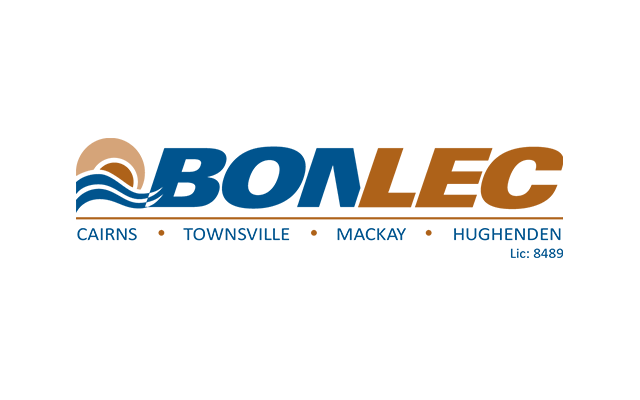About Visual Pty Ltd
What is Visual Pty Ltd?
What is 5S?
Like most things, you could Google what 5S is and get a range of definitions, many of which will relate to TPM (Total Productive Maintenance), part of TPS/Toyota production system (enough acronyms yet?) and Lean. In reality, 5S is another word for improving things, a procedure that has been around hundreds of thousands of years.
Rather than waffle on, refer to one of several articles I submitted about 5S in an Sixsigma thread 2012, link below.
What is RPAS?
Qualifications & Licenses
Casa Qualifications
How Did 5S Become Integrated with Drones for Me?
David Brockwell
I've been ‘doing’ 5S full time since 2007 and part time 5 years before that.
Most of my experience is in improving mining operations and as those that have been, or are still in this industry can testify, for most operations there is no shortage of areas in which to improve.
Mine sites have many laydowns and boneyards. I say many because most have too many.
When you need something quickly and you have too many places to look for that something, it will take longer to find it, or more to the point, know if it exists before you fork out 30 grand chartering an aircraft to fly in a show stopping part. (I could write a book on this subject & it continues to happen daily at mine sites in Australia).
As per the mantra laser etched into the bottom of my flash looking black steel business cards.
"The first step of all improvement begins with knowing exactly what you have"
This old as time logic applies to everything in the universe that is to be improved, including mine site laydowns/boneyards. The best way to know exactly what you have in a laydown/boneyard aka outdoor storage area is to photograph it from above. Google earth is the last resort option for aerial photos because of poor resolution and usually being out of date.
Many sites have ECW manned aircraft aerial images however again they are often out of date and/or not specific to the areas needing aerial images of.
Prior to purchasing my first serious drone (a DJI Inspire 1 in feb 2015), the most effective way to see & photograph contents of laydowns boneyards was to spend few days in an EWP (elevated work platform)/cherry picker taking up to 1,000 photos with a DSLR camera from dozens of locations around site, often moving the EWP several kilometres between locations at walking speed.
Fortunately with a background in cranes & rigging I have an EWP ticket required to do this work, however for every operation I would first need to be ticked site competent & additionally have current working at heights ticket. A spotter on the ground is also required tying up an additional person for this task.
Most times the EWP used has max height of 45m to 60m & could not get into the optimum position & angle required to take an ideal before camera shot.
Only a few years ago the cost of taking decent aerial footage with a drone was a very expensive venture as it needed a large rig to hoist a full size DSLR camera into required position including required radio controller & monitor to clearly see what you were looking at to adjust for best frame & focus.
In 2012 I forked out $300 & purchased an AR Parrot drone, a few more hundred on a GoPro & a GoPro mount for this aircraft.
I won't go into detail about what it was like trying to photograph laydowns with this rig except to say clearer images were taken in 1915 from a WW1 Goerz camera mounted under the wing of a Fokker whilst it was being attacked by a squadron of Sopwiths at night time in a thunderstorm.
2015 - low cost professional flying camera arrives
From my very first laydown drone audit in March 2015 at a large QLD coal operation to present day, what used to take two people three days using an EWP now takes a total of 30 mins using a drone that captures raw image and video quality as good as my Canon DSLR and from heights well above any EWP including positions unachievable from an expensive manned helicopter.
Impressed with DJI results further drones were purchased
Clients








